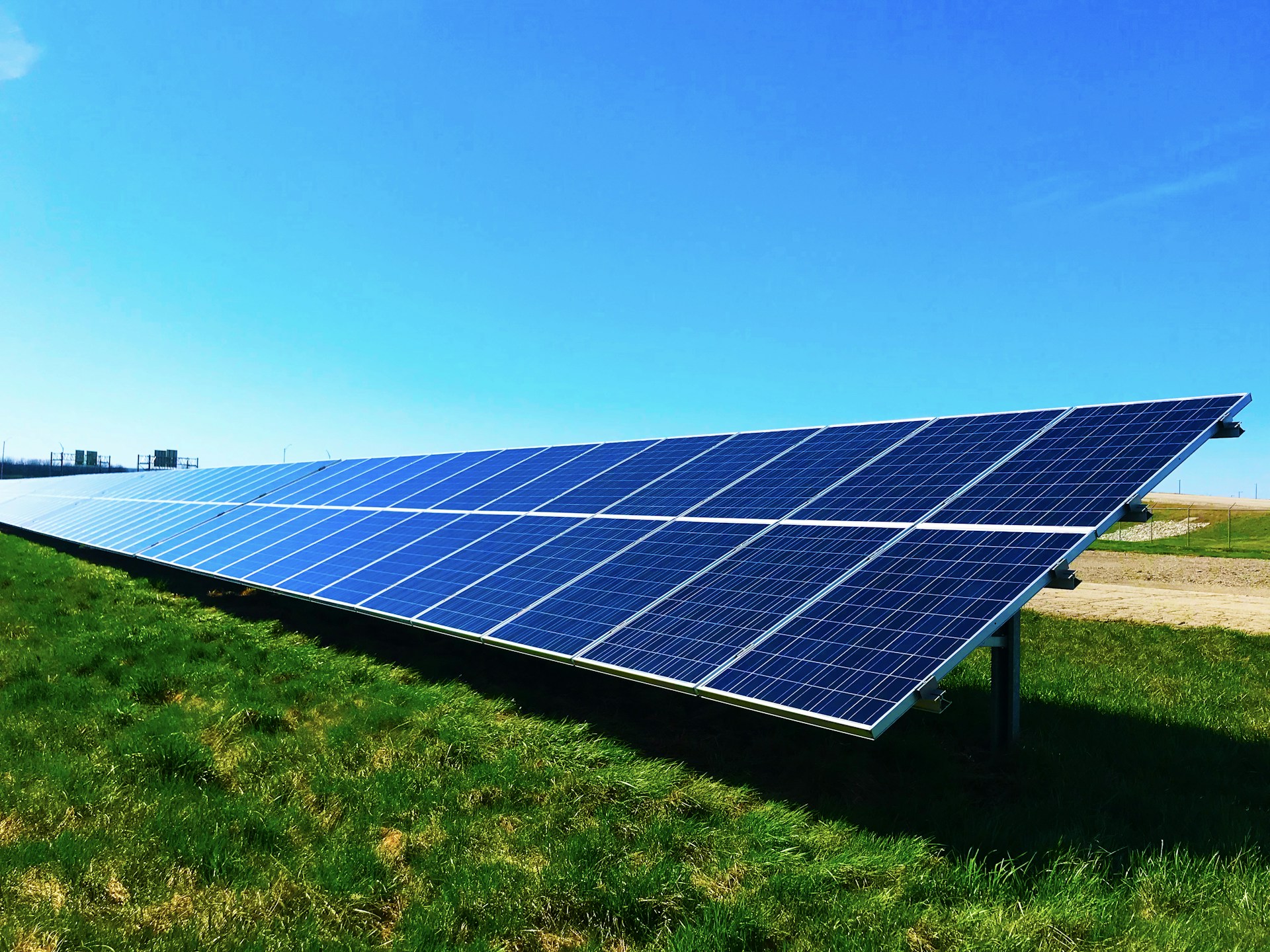Schicksal Engineering Pvt Ltd : ISO 9001-2015 Certified Company. Call Us :- +91-8700613321 | 0120-4950402

Solar System
Solar panel installation is the process of setting up photovoltaic (PV) systems to harness solar energy and convert it into electricity. It involves several steps, from planning and site evaluation to mounting panels and connecting the system to your home's electrical grid. Proper installation ensures maximum efficiency and long-term benefits.
Roof Top (On Grid/Off Grid)
Solar panel installation is a sustainable and cost-effective solution for meeting energy needs while protecting the environment.
Commercial Solar Solutions
Proper planning, professional installation, and maintenance ensure long-term benefits and high efficiency. With decreasing costs and growing incentives, now is an excellent time to invest in solar energy.




lower Maintenance
Our experts help to reduce maintenance cost and technical solutions .
Digital and automatic control panel
Solar systems control panel is now hassle free to operate, monitor and control.




All about solar system


Steps for Solar Panel Installation
Site Assessment
Solar Potential: Assess the location's sunlight exposure using tools like solar pathfinders or online calculators.
Roof Inspection: Check the roof's orientation, tilt, and structural integrity. South-facing roofs are ideal, but east or west-facing roofs can also work.
Shading Analysis: Identify and minimize shading from trees, buildings, or other obstacles.
2. System Design
Energy Needs Assessment: Calculate your energy consumption to determine the size and capacity of the solar panel system.
Choosing Components: Select PV panels, inverters (string, micro, or hybrid), batteries (optional for energy storage), and mounting systems.
3. Obtaining Permits
Apply for necessary local permits and approvals based on zoning laws and building codes.
Some areas offer incentives or tax credits for solar installations.
4. Installation Process
Mounting the Racks: Install the mounting structure, ensuring it is securely anchored and tilted for optimal sun exposure.
Placing the Panels: Attach solar panels to the mounting racks using clamps and ensure proper alignment.
Electrical Connections:
Connect panels to the inverter, which converts DC to AC electricity.
Integrate with the home’s electrical system or battery storage.
Grounding and Wiring: Proper grounding prevents electrical faults and enhances safety.
5. Testing and Commissioning
Inspect and test the entire system for functionality and efficiency.
Grid-tied systems require approval from the utility company before operation.
Benefits
Environmental Impact: Reduces carbon footprint by using renewable energy.
Energy Independence: Lowers reliance on the grid and protects against rising electricity costs.
Financial Incentives: Tax credits, rebates, and net metering reduce upfront costs and increase savings.


